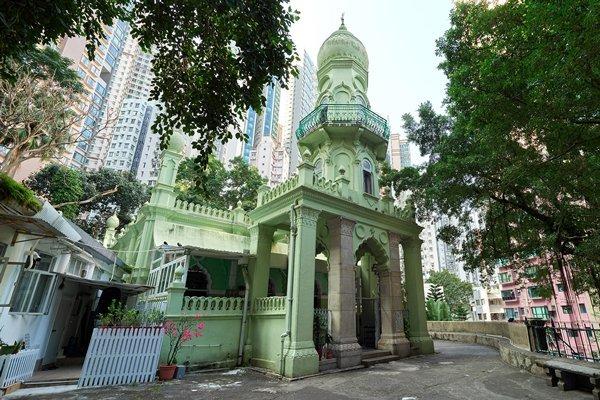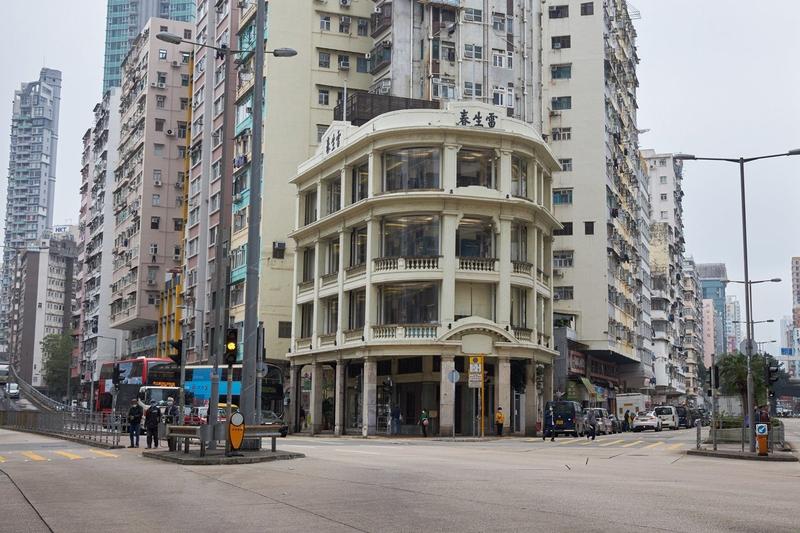 This undated file photo shows Jamia Mosque in Central. (PHOTO / HKSAR GOVERNMENT)
This undated file photo shows Jamia Mosque in Central. (PHOTO / HKSAR GOVERNMENT)
HONG KONG – Jamia Mosque and Hong Kong City Hall in Central, and Lui Seng Chun in Mong Kok have been declared as monuments, the government announced on Friday.
The declarations were gazetted under the Antiquities and Monuments Ordinance.
Jamia Mosque, built between 1915 and 1916, is the oldest mosque in Hong Kong. It was constructed with concrete and bricks with an elongated rectangular plan built along an east-west axis, with its entrance at the east and the Qibla wall at the west facing the Holy Kaaba in Mecca, Saudi Arabia, the birth place of the Holy Prophet Muhammad.
ALSO READ: What makes Hong Kong’s modernist architecture click?
The mosque also presents rich Islamic mosque architectural feature, such as the minaret crowned by a dome decorated with a finial and the pointed arches above the colored glazed windows.
 This undated file photo shows Hong Kong City Hall in Central. (PHOTO / HKSAR GOVERNMENT)
This undated file photo shows Hong Kong City Hall in Central. (PHOTO / HKSAR GOVERNMENT)
Hong Kong City Hall is a rare example of modernist architecture, which sets an architectural trend in the city and has become a landmark
Hong Kong City Hall, officially opened in 1962, is the first multi-purpose cultural complex open to all residents. It comprises the Low Block, the Memorial Garden and the High Block, which are connected through a covered walkway.
City Hall is a rare example of modernist architecture, which sets an architectural trend in the city and has become a landmark.
READ MORE: The changing face of Hong Kong typography
 This undated file photo shows Lui Seng Chun in Mong Kok. (PHOTO / HKSAR GOVERNMENT)
This undated file photo shows Lui Seng Chun in Mong Kok. (PHOTO / HKSAR GOVERNMENT)
Lui Seng Chun, a four-story tong lau, was built in 1931 and owned by Lui Leung, one of the founders of the Kowloon Motor Bus Company (1933). In 2003, the Lui family donated the building to the government for preservation, an unprecedented donation in Hong Kong.
Designed by architect W H Bourne, Lui Seng Chun is of a neo-classical style mixed with art deco elements such as sweeping horizontal lines and robust classical details. In addition, its main front elevation adopts a curved design.


